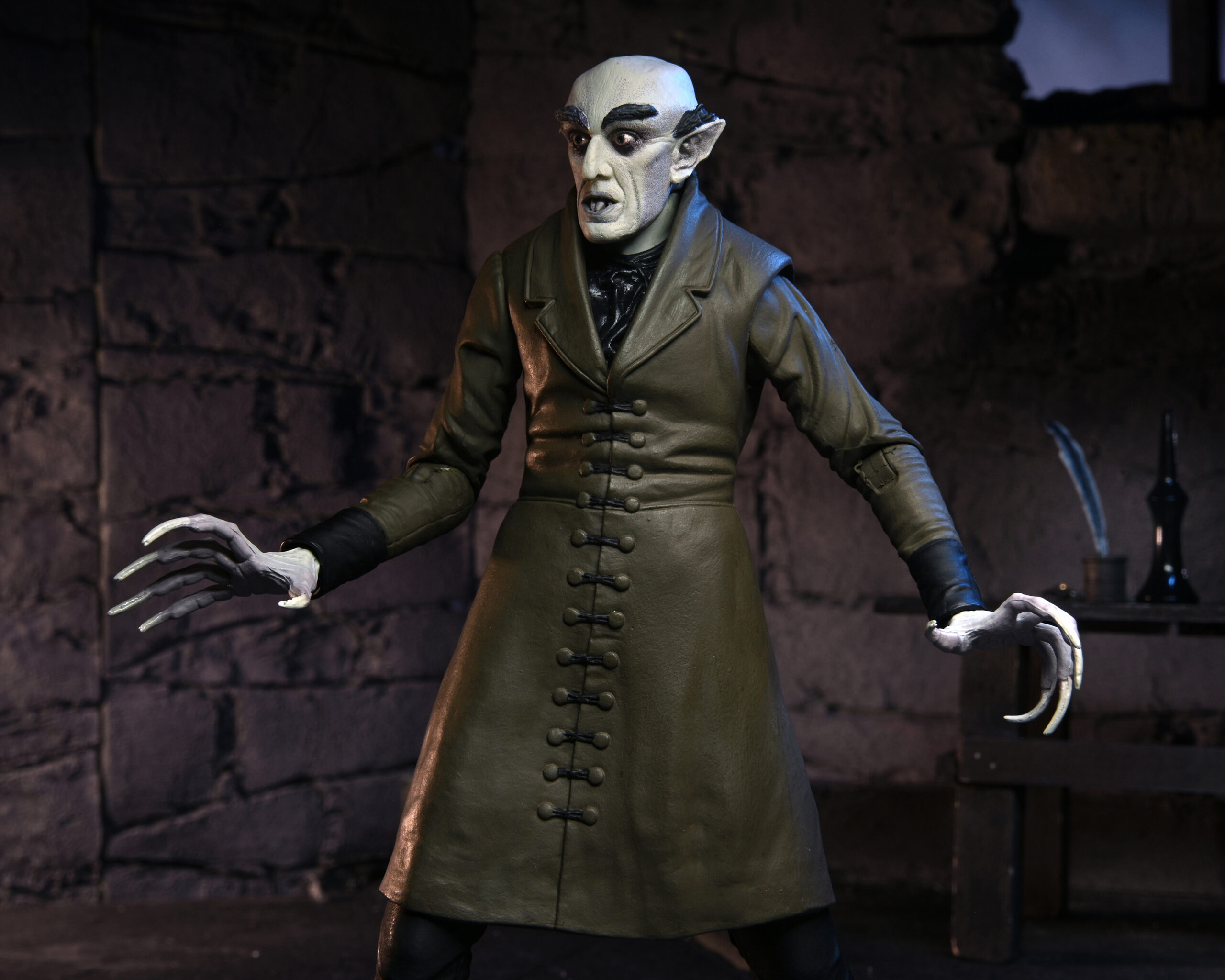Origin and Inspiration: Nosferatu Count Orlok

The character of Nosferatu Count Orlok has its roots in Bram Stoker’s iconic novel “Dracula.” However, the film adaptation by F.W. Murnau in 1922 took significant creative liberties, infusing the character with a distinct German Expressionist aesthetic.
Nosferatu Count Orlok, the iconic vampire from the 1922 film, exudes an aura of mystery and dread. His presence evokes a sense of the macabre, akin to the rebellious and enigmatic spirit of the bikeriders. Their leather-clad figures and roaring motorcycles embody a similar allure, a mix of danger and allure.
Yet, beneath the surface of both Nosferatu and the bikeriders lies a hidden vulnerability, a yearning for acceptance and connection.
The film’s production coincided with a period of social and political upheaval in Germany following World War I. The horrors of the war and the anxieties of the Weimar Republic left a profound mark on the film’s visual style and themes.
The Nosferatu Count Orlok, a legendary vampire from Transylvania, is a chilling figure of horror. In contrast to the dramatic own goal in the Turkey vs Portugal match turkey vs portugal own goal , Count Orlok’s movements are deliberate and haunting.
His piercing gaze and sharp fangs send shivers down the spine, leaving an unforgettable mark on the viewer’s psyche.
German Expressionism
German Expressionism, an artistic movement of the early 20th century, emphasized subjective emotions and distorted reality. The film’s use of chiaroscuro lighting, angular sets, and exaggerated gestures reflected this style.
Nosferatu Count Orlok, the enigmatic vampire from the classic silent film, has captured the imagination of horror fans for decades. With the release of the nosferatu trailer 2024 , excitement is building for a fresh take on the legendary character.
Orlok’s haunting presence and insatiable thirst for blood will once again grace the silver screen, promising a thrilling and unforgettable cinematic experience.
- Chiaroscuro lighting: The stark contrast between light and shadow created a sense of unease and foreboding.
- Angular sets: The pointed shapes and sharp angles of the castle and other settings mirrored the psychological turmoil of the characters.
- Exaggerated gestures: The actors’ exaggerated movements and facial expressions conveyed the heightened emotions and distorted perceptions of the characters.
Character Analysis

Nosferatu Count Orlok, the iconic vampire from the 1922 silent horror film, is a chilling representation of evil and the unknown. His physical appearance, personality traits, and motivations contribute to his enduring legacy as a cinematic monster.
Physical Appearance
- Skeletal face with sharp, pointed teeth
- Long, clawed fingers
- Thin, emaciated body
- Unnatural pallor
- Hypnotic, piercing eyes
Orlok’s appearance evokes a sense of disgust and fear, with his skeletal features and unnatural pallor suggesting a creature from the underworld.
Personality Traits
- Ruthless and predatory
- Emotionless and devoid of empathy
- Intelligent and cunning
- Driven by an insatiable thirst for blood
Orlok’s personality is equally chilling, with his lack of empathy and ruthless nature making him a terrifying antagonist. His intelligence and cunning add to his danger, as he is able to manipulate and deceive his victims.
Motivations
Orlok’s motivations are simple: to satisfy his thirst for blood. He is driven by an insatiable hunger that knows no bounds, and he will stop at nothing to quench it. This relentless pursuit of sustenance makes him a relentless and unstoppable force.
Relationship with Thomas Hutter
Orlok’s relationship with Thomas Hutter, the protagonist of the film, is central to the story. Hutter’s journey to Orlok’s castle sets in motion a series of events that lead to tragedy. Orlok’s presence brings isolation and fear to Hutter’s life, as he becomes trapped in the vampire’s clutches.
Themes
Orlok embodies several key themes in the film:
- Isolation: Orlok’s presence isolates Hutter from the outside world, creating a sense of vulnerability and hopelessness.
- Fear: Orlok’s predatory nature and relentless pursuit of Hutter create a palpable sense of fear throughout the film.
- The Supernatural: Orlok’s existence as a vampire represents the unknown and the supernatural, challenging the boundaries of reality and human understanding.
Significance, Nosferatu count orlok
Nosferatu Count Orlok remains a significant character in the history of horror cinema. His iconic appearance and chilling presence have made him a symbol of evil and the unknown. Orlok’s enduring legacy is a testament to the power of cinema to create monsters that haunt our imaginations.
Cultural Impact

Nosferatu Count Orlok has left an enduring mark on popular culture, shaping the way vampires are perceived and portrayed in subsequent works of art and literature.
Influence on Vampire Films and Literature
Orlok’s distinct appearance, with his pointed ears, elongated teeth, and gaunt frame, became the archetype for vampires in countless films and books. His predatory nature and thirst for blood established the core characteristics of the vampire mythos, influencing the likes of Bram Stoker’s Dracula and countless other vampire tales.
Social and Cultural Commentary
Beyond its entertainment value, Nosferatu also served as a potent social and cultural commentary. The film’s exploration of the fear of the unknown and the consequences of scientific progress resonated deeply with audiences during a time of rapid technological advancement and social upheaval.
Nosferatu Count Orlok, a haunting figure of the silver screen, casts a long shadow over cinematic history. His influence can be felt in the pages of Mr. Terrific , a graphic novel that reimagines the classic tale with a modern twist.
But even in this updated version, the essence of Nosferatu Count Orlok remains, a testament to the enduring power of his cinematic legacy.
Nosferatu, Count Orlok, the iconic vampire, has left an enduring mark on popular culture. His influence extends far and wide, even reaching the world of boxing. Sr. Smith Peso Pluma , a renowned boxer, has adopted the Count’s distinctive style, incorporating elements of horror and mystery into his ring persona.
Yet, beneath the theatrics, Nosferatu’s legacy remains a haunting reminder of the darkness that lurks within the human soul.